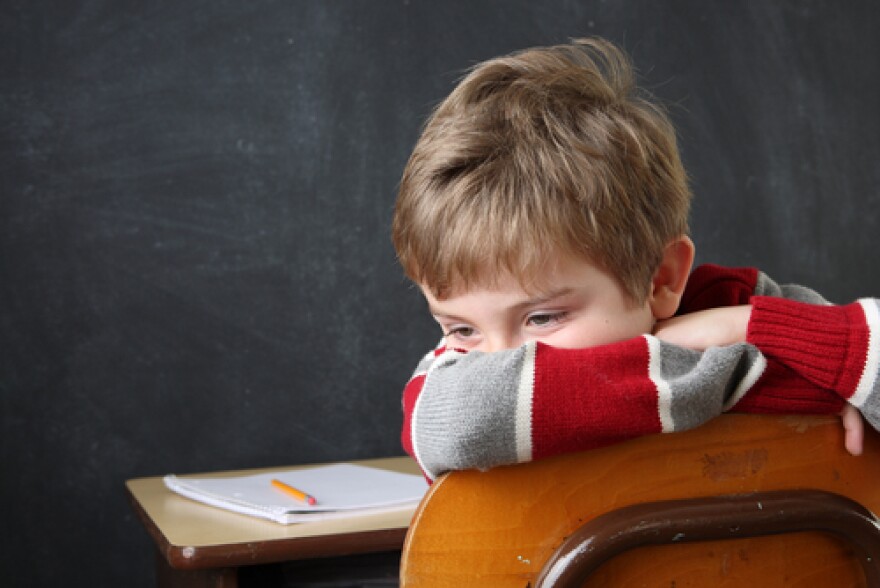Seven percent of school-age kids have attention deficient/hyperactivity disorder. And last week, the American Psychiatric Association's Manual of Mental Disorders broadened the criteria for ADHD. The changes will better describe the course of symptoms over a lifetime. In this week’s Vital Signs, KERA’s Sam Baker talks with Dr. James Norcross, a psychiatrist with UT Southwestern Medical Center.
What are the symptoms of ADHD?
- Trouble paying attention. People with ADHD are easily distracted and have a hard time focusing on any one task.
- Trouble sitting still for even a short time. This is called hyperactivity. Children with ADHD may squirm, fidget, or run around at the wrong times. Teens and adults often feel restless and fidgety and are not able to enjoy reading or other quiet activities.
- Acting before thinking. People with ADHD may talk too loud, laugh too loud, or become angrier than the situation calls for. Children may not be able to wait for their turn or to share. This makes it hard for them to play with other children. Teens and adults seem to "leap before they look." They may make quick decisions that have a long-term impact on their lives. They may spend too much money or change jobs often.
How is ADHD diagnosed?
ADHD is often diagnosed when a child is between 6 and 12 years old. Teachers may notice symptoms in children who are in this age group.
First, the child will have a physical exam to make sure that he or she does not have other problems such as learning disabilities, depression, or anxiety disorder. The doctor will use guidelines from the American Psychiatric Association to diagnose ADHD. The doctor may also look at written reports about the child’s behavior. Parents, teachers, and others who have regular contact with the child prepare these reports.
How is ADHD treated?
There is no cure for ADHD, but treatment may help control the symptoms. Treatment may include medicines and behavior therapy. Parents and other adults need to closely watch children after they begin to take medicines for ADHD. Therapy focuses on making changes in the environment to improve the child’s behavior.
Adult ADHD Statistics
- ADHD afflicts from 3 to 10 percent of school-aged children and 60 percent of them will continue to have symptoms that affect their functioning as adults.
- Prevalence rates for ADHD in adults are not as solid; estimates range around 5 percent.
- ADHD affects boys more than girls in childhood, but that ratio seems to even out by adulthood.
- WebMD.com
For more information:
National Institute of Mental Health
Changes in Diagnostic and Statistical Manual of Mental Disorders







